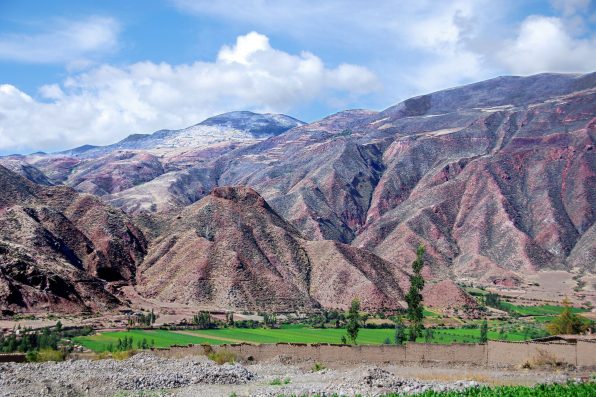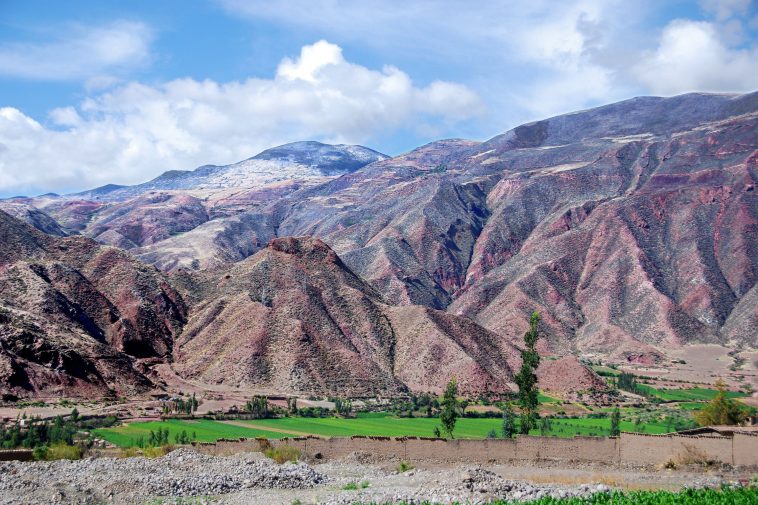Carved on the face of Peruvian rocks was a series of ancient drawings that may have been created by people who were hallucinating while consuming plants with mind-altering qualities.
Researchers discovered the rock art in Toro Muerto, which is located in a Peruvian desert gorge known as the Majes River Valley. Around 2,600 volcanic boulders with ancient petroglyphs can be found there.
According to research by archaeologists from Adam Mickiewicz University and the University of Warsaw in Poland, the artists of the petroglyphs may have been hallucinating as they worked on the carvings. The study was published in the Cambridge Archaeological Journal.
The rocks with petroglyphs at Toro Muerto all range in size, from small stones to huge boulders, and they each contain multiple images.
It is thought that the people who made the petroglyphs were from the Wari culture, which was in existence between A.D. 500 and 1000.
One of the most notable petroglyphs was the depiction of human figures participating in a dance. Geometric patterns, such as zigzag lines, were carved alongside them. The researchers believe that the geometric designs could symbolize wild dancing or songs.
“We suggest that zigzag lines could be representations of songs, which seems particularly intriguing given the repeated juxtaposition of these patterns with the figures of dancers at Toro Muerto, not only in the more complex compositions but also in the less complex as well,” wrote the researchers.
Furthermore, the combination of dancing figures and geometric patterns might also act as visual metaphors for entering the afterlife, illustrating the ritual practices that took place in honor of people who had passed away.
“Our interpretation suggests that the banded structures of geometric patterns could be representations of the cosmos—its spheres and events connected to its creation and its exploration, which could have come about during ritual ceremonies of which dance and song were the quintessence,” the study’s authors wrote.

Sign up for Chip Chick’s newsletter and get stories like this delivered to your inbox.


